Snapdragon 855 hands-on: 5G is the least important part
It's easy to get caught up in the 5G hype. Blistering speeds and dramatically lower latency have networks falling over themselves to boast of bigger and more impressive roll-outs, and Qualcomm's new Snapdragon 855 Mobile Platform is at the forefront of that 5G wave. The thing is, while 5G is clearly better than 4G – not least because it has an extra "G" in the name – in reality the Snapdragon 855 is actually much more important in several other ways.
There's no denying that 5G could be transformational. While raw speed is what most associate with the next-generation networks, that's really only one aspect of its advantages. It's designed for a world of ubiquitous connected devices, where everything – from appliances to street lighting to cars – clamors to join the Internet of Things. Many of those devices will trade speed for extreme power frugality, dipping only periodically into the wireless world so as to deliver battery life that 4G LTE products could only dream of.
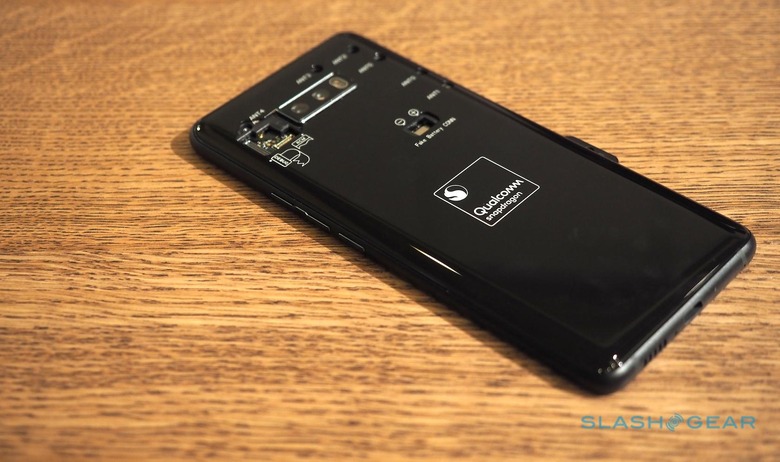
That's great, but most of us aren't city planners, appliance-makers, or enterprise customers. For the consumer market, in fact, 5G is going to be a long time coming. AT&T, Verizon, and others may have commercial deployments planned from early 2019, but it's unlikely to be within reach of most wireless users for a long time to come.
MORE Samsung's 5G demo is fast and finicky
Indeed for all 5G might be a lynchpin of Qualcomm's message around the Snapdragon 855, the reality is that it's nowhere near essential for the platform. Though the chip-maker envisages its Snapdragon X50 5G modem as falling under the overall 855 umbrella, it's still down to device-makers whether they want to include it. Without the X50, phones, tablets, and other products will rely solely on the X24 modem and its Gigabit LTE support instead.
Gigabit LTE may not be as fast as 5G, but it's a lot more ubiquitous. Indeed it features heavily in every carrier's deployment plan for 5G, and on Snapdragon 855 based devices equipped with the X50, both modems will operate concurrently. Different traffic could use each modem simultaneously: voice calls could be handled by the X24, for example, while your streaming video arrives via the X50. When you move out of 5G coverage, you'll automatically segue into Gigabit LTE service instead, or at least that's the plan.
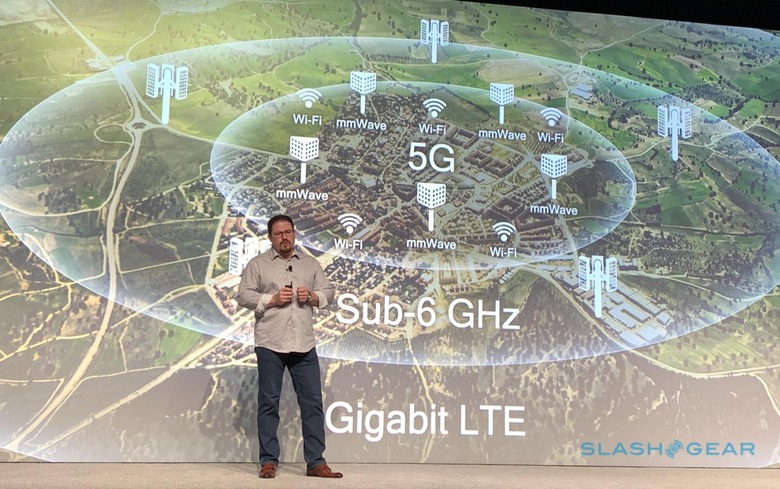
So if the Snapdragon 855 experience isn't defined by 5G, what is it really good for? The reality is that this new Qualcomm chipset is really about what most new chipsets deliver: efficiency and power improvements. They're going to make a huge difference day-to-day in a way that 5G won't, for most people, for some time to come.
For a start, the Snapdragon 855's Kryo 485 CPU delivers the biggest generation-on-generation performance increase in Snapdragon history. It's up to 40-percent faster, which means swifter games, less lag when opening apps, and a general turn of speed in Android that should be noticeably improved over Snapdragon 845-based devices. The Adreno 640 GPU, meanwhile, is up to 20-percent faster.
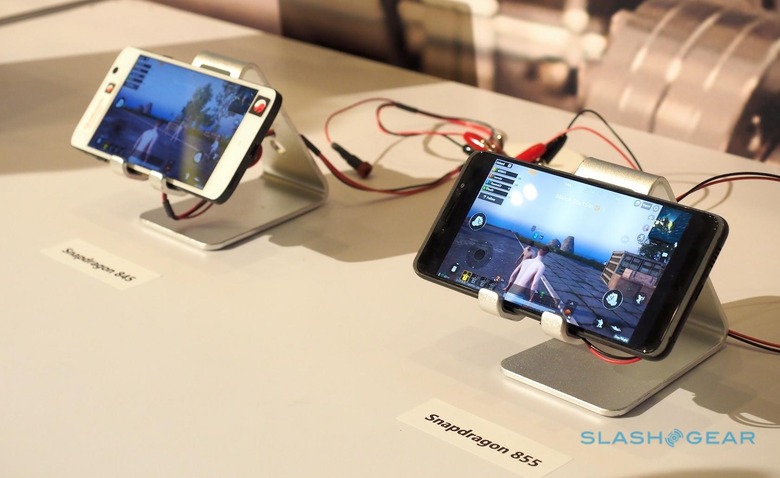
At the same time, they're also more power-efficient. Qualcomm was demonstrating that with the sort of everyday tasks common to smartphone users: 3D gaming and posting images to social media. In one demo, a Snapdragon 855 reference design phone side-by-side with a Snapdragon 845 device played a 3D game, with the power consumption of each posted up in real-time.
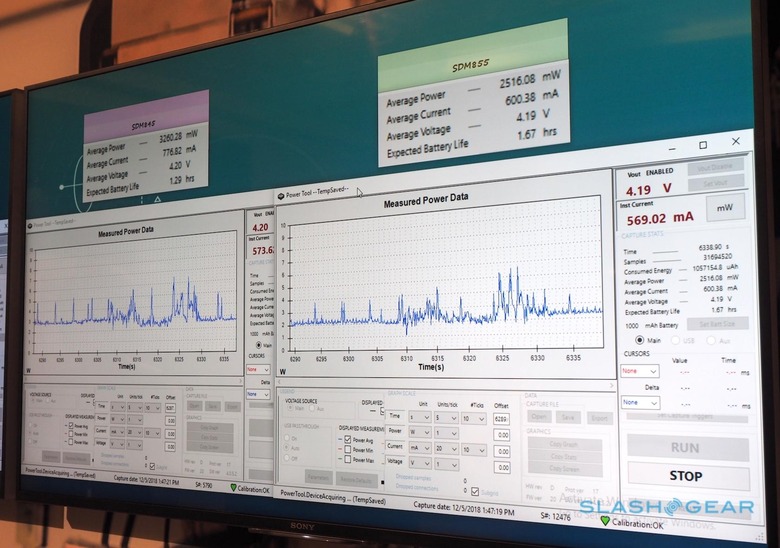
The 845 used 3,260 mW of power and 777 mA of current on average, while the 855 needed 2,616 mW and 600 mA on average for the same experience. That would have a noticeable impact on how long your phone's battery would last.
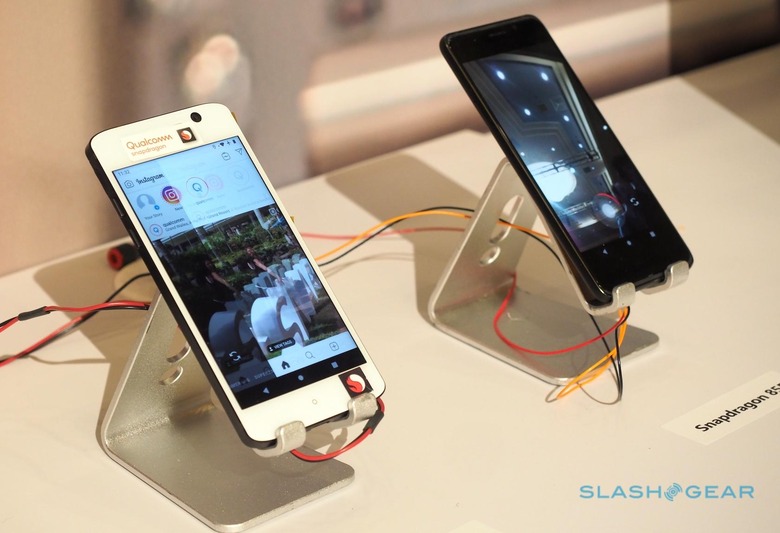
In the second demo, again pitting an 845 head-to-head with an 855, Qualcomm had a looped test simulating capturing and editing photos, and then posting them to Instagram. As before, the difference in power consumption for that was noticeable: the 845 required 2,205 mW on average, while the 855 needed 1,726 mW.
[Update: It's worth noting that Qualcomm wasn't talking about how the paired devices in each test were calibrated, including factors like screen brightness. That can, of course, have an impact on power consumption, so it's best to take these numbers as generally illustrative rather than as specifics.
Update 2: According to Qualcomm, the two screens were "generally calibrated to around 180-190 nits" of brightness, to try to make the tests more directly comparable.]
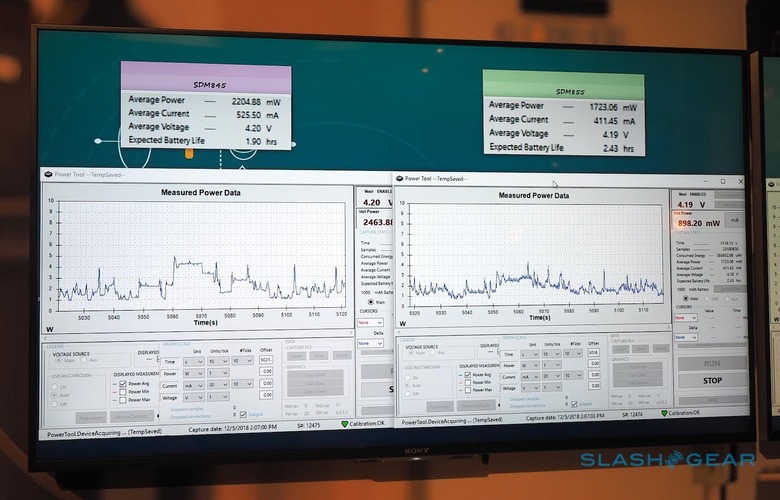
What makes power and efficiency important above the other varied talents of the Snapdragon 855 is that they're the baseline improvements owners of devices using the chipset can expect. Qualcomm can't force phone-makers to build computational photography apps using its new CV-ISP, or to develop artificial intelligence services on the fourth-generation AI Engine. All it can do there is offer up the Snapdragon's potential and hope future smartphones make the most of that.
In the same way, even if you don't have a 5G network within range or even the X50 5G modem in your phone to begin with, there are still wireless advantages to the new Snapdragon. 802.11ax – aka WiFi 6 – will, when routers supporting it begin to become more commonplace, deliver marked improvements in wireless speed at home and in the office.
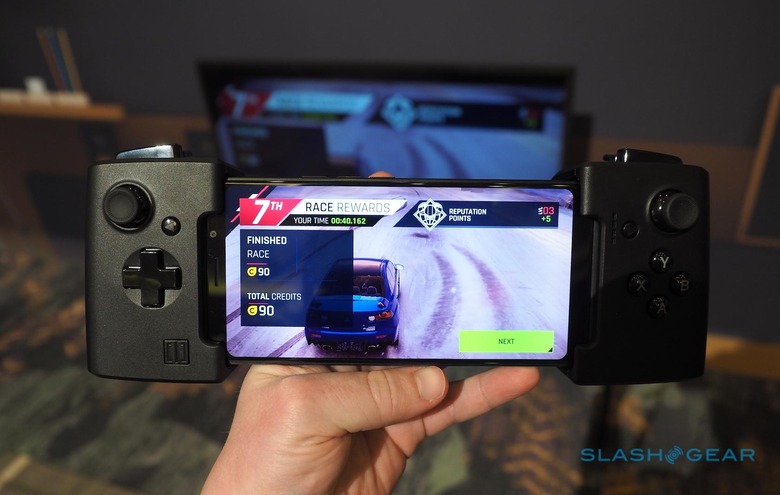
802.11ay WiGig, meanwhile, could finally retire cables like ethernet and HDMI. In another demonstration, Qualcomm showed how a Snapdragon 855-based phone could use 802.11ay's roughly 20 Gbps bandwidth to stream live gameplay video to a nearby TV. The phone – with a gamepad attachment – thus became the controller, with little to no lag observable, and no cords to trip over. Think along the lines of the Nintendo Switch's flipping between handheld and fixed console, only without needing to dock it into place.
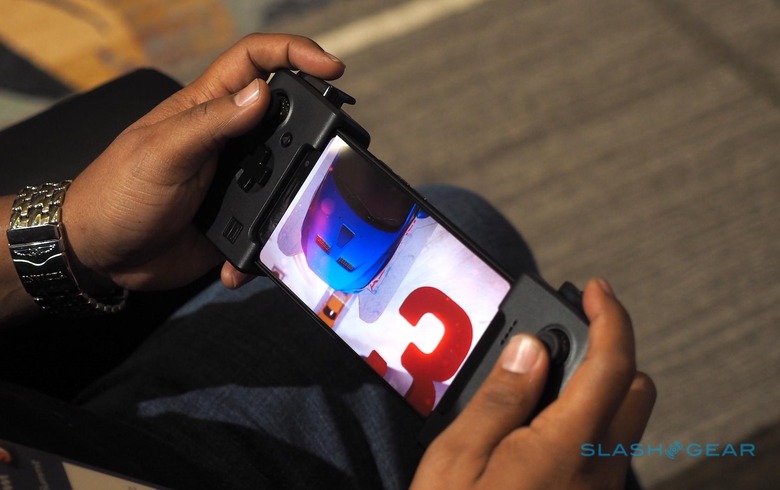
Console-replacement may still be a niche purpose, but it's hard to imagine those with access to 5G networks – at least to begin with – outnumbering gamers. Indeed it's entirely possible that device owners could spend the next 12-24 months with Snapdragon 855-based phones, and never encounter 5G at all. While next-generation cellular networks are certainly interesting, the reality is that Qualcomm's new chip is really a Trojan horse for far more power and far more efficiency. If you're going to get excited about anything in Android phones come 2019, you should probably make it that.
